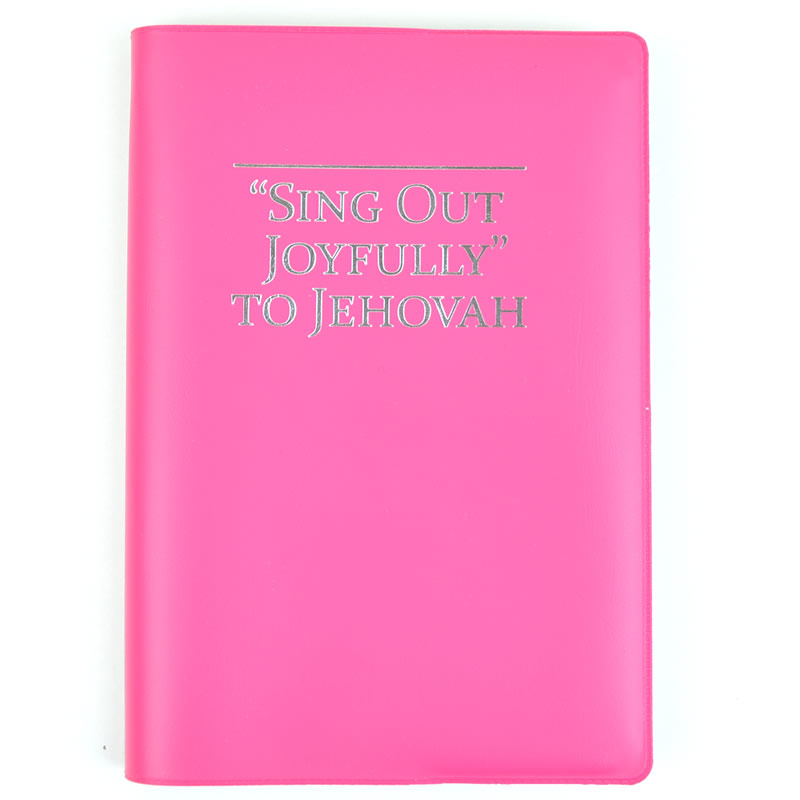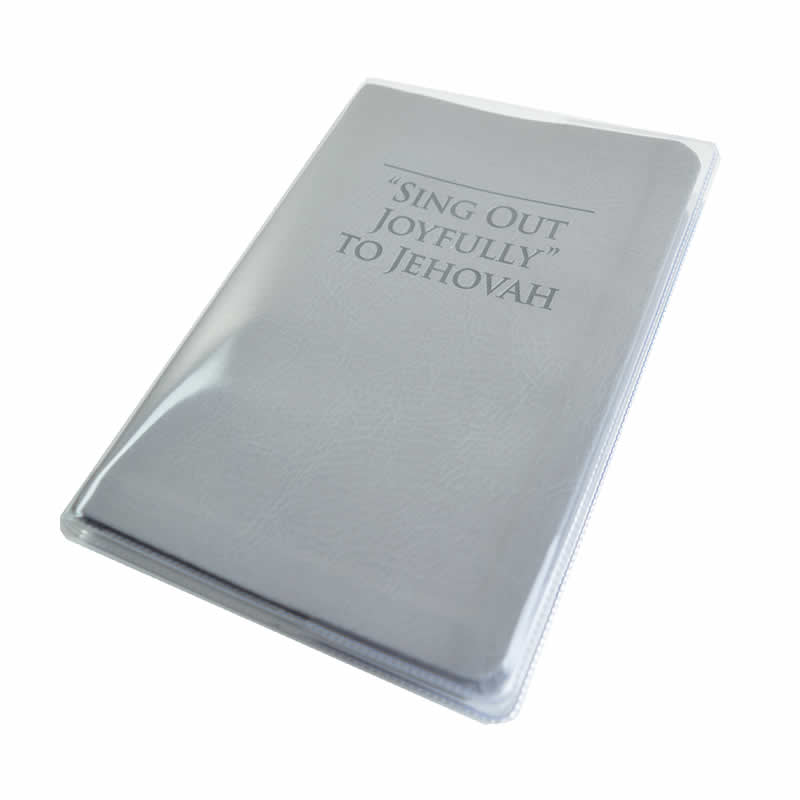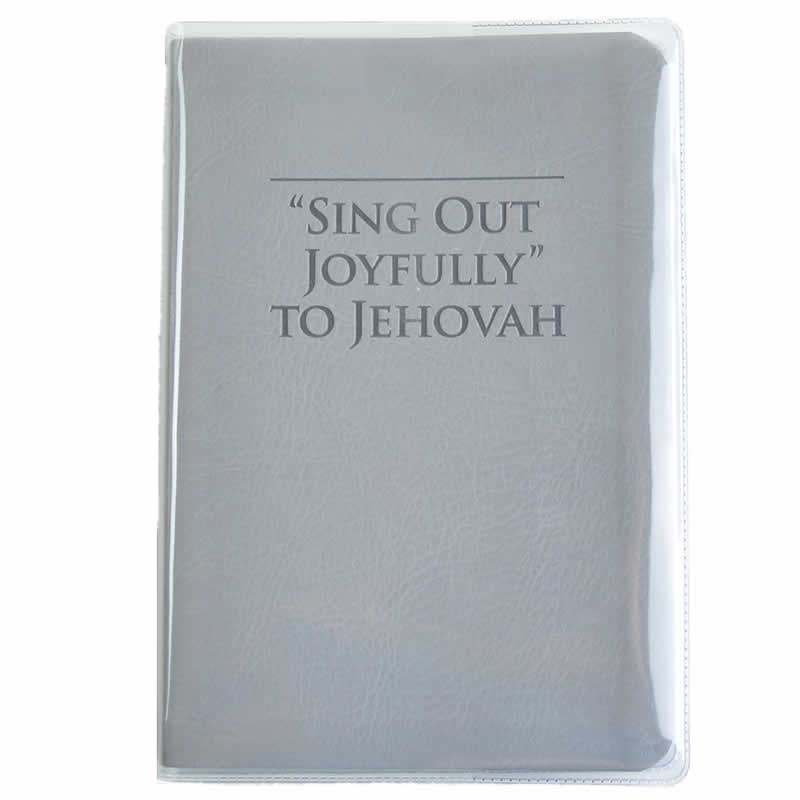

By 1986, almost 2 million copies had been sold. Melodies of Praise was well received and sold 77,410 copies in its first year. Most Pentecostals embraced the use of instruments in worship and, for the first time, church instrumentalists could participate in the accompaniment of song services with the aid of properly composed notation.

It also incorporated a newer genre of church music with its introduction of choruses like Everybody Ought to Know, I Shall Not Be Moved, and Isn’t He Wonderful.Īnother change the Music Division made was to release a companion edition with instrumental orchestrations. Conversely, the compilers also sought to expose more church members to newer writers, such as Ira Stanphill, with the inclusion of songs like Mansion Over the Hilltop and Suppertime. Melodies of Praise kept the gospel songs that were popular in churches but also incorporated more traditional hymns, such as Great Is Thy Faithfulness. It was the first Assemblies of God music publication to be released in both round note and shaped note editions, giving it a broader appeal for use in the southern singing schools.

This new songbook, Melodies of Praise, made its debut 60 years ago in the Pentecostal Evangel, and it was formally introduced at the General Council later that year. One of the Music Division’s first duties was to produce a songbook for congregational singing that would also encourage the use of orchestrations for instruments. Quartet conventions began featuring more Pentecostal groups such as the Blackwood Brothers, and the Assemblies of God established the Music Division of Gospel Publishing House. The 1950s brought a “golden era” to Pentecostal music. They also featured songs by Assemblies of God authors and began to bring unity to the congregational singing of the churches. These collections consisted mainly of gospel songs which were popular at camp meetings and revival services. Songs of Pentecostal Fellowship was followed by other songbooks, such as Spiritual Songs (1930), Songs of Praise (1935), and Assembly Songs (1948). This recommendation was met with the 1924 release of Songs of Pentecostal Fellowship, the first Assemblies of God effort to produce a songbook that was distinctly Pentecostal. nearly all the ministers raised their hands.

Welch asked how many ministers would use a uniquely Pentecostal song collection. However, at the 1920 General Council of the Assemblies of God, a recommendation was made that “in addition to the Sunday School literature … a Pentecostal Song Book, to be used universally throughout the Assemblies of God, be prepared and published.” In the few first decades of the movement, Pentecostals used and promoted a great variety of songbooks published by non-Pentecostals, such as R. Fervent, spiritual singing has been a distinguishing characteristic of the Pentecostal movement from its inception, alongside powerful anointed preaching. Originally published on PE-News, 2 February 2017Įarly Pentecostals commonly believed that two books were essential for revival: the Bible and the songbook. This Week in AG History - February 10, 1957 Pictured here are Assemblies of God Music Division staff members Lorena Quigley (left), Marie Salisbury (center), and Edwin Anderson. The Melodies of Praise hymnal and orchestrations made their debut in 1957.


 0 kommentar(er)
0 kommentar(er)
